The Nine Drishtis of Yoga – Transform Your Practice By Stilling The Mind!

Yoga isn’t just about the pose – contrary to popular belief. It is vital to grasp the importance of ‘drishti’ or a “single pointed gaze”.
Whichever posture (‘asana’) you are doing – easy, moderate or advanced – it is vital to keep the mind still and not let it ‘wander around’. This is particularly important for more challenging balancing postures but the benefits of knowing where to look far outweigh simply being able to do the physical pose.
A focused gaze means a focused mind. A wandering gaze means an untrained mind.
And a focused mind means a peaceful mind, one that can handle the many challenges life throws at it.
Each yoga pose has a specific gazing point, and this plays a vital role in the spiritual development of your practice over time. Drishti literally means ‘vision’ or ‘insight’, so by directing your gaze to a focal point of attention, this influences both what you see and your way of seeing.
The mind is reflected in your gaze.
A gaze directed at one of the drishtis instills a deep inner practice, whereas a gaze directed at many fluctuating externalities creates a distracted mind.
Only a calm, clear mind can strip away the layers of ego, old habit patterns, pain and ignorance to reveal the brilliant diamond of the Self within.
There are the following nine drishtis to be aware of:
1. Gazing between the eyebrows (broomadhya) opens the third eye chakra (‘ajna’) and encourages energy to rise up the spine.
2. Gazing upward (urdhva drishti) continues the movement of energy up the spine so that the prana (life force) can awaken spiritual centres in the brain.
3. Nose gazing (nasagrai drishti) closes the eyes slightly, thereby limiting the amount of external optical stimulation received from the environment, and encouraging the power of sight to be directed inward.
4. Navel gazing (nabi chakra drishti) stimulates the solar plexus chakra (‘manipura’), helps direct the mind towards the inner body, or energy body, and encourages a subtle flexing of the spine.
5./6. Gazing towards the fingers (hastagrai drishti) or toes (padayoragrai drishti) directs your energy through space, giving the physical body a sense of boundlessness.
7. Gazing towards the thumb (angustha ma dyai drishti) helps the student find balance by bringing his/her attention to the end point of certain poses. It also stimulates the meridian points in the thumb.
8./9. Gazing to the right or left (parsva drishti) concentrates the mind on the more subtle flow of energy in the body, helping to perfect the physical pose.
Only during the final relaxation posture – often skipped by students in their hurry to get off to work or get home or wherever – do the eyes close.
So, start becoming aware of where your mind is focused during your yoga class whilst you explore each pose. See if you can use your intuition to discern where the gaze must rest, and you will being to gain the spiritual and psychological transformation that is yoga’s ultimate goal.
Without it, you will only be doing ‘gym yoga’.
Enjoyed this article and want to know more? Here are some easy steps you can take right now…
- Book a life changing “remote healing session” with Soul Guidance with Jaime: https://www.energytherapy.biz/energy-healing-with-jaime-tanna/
- Join Jaime’s fantastic 1 year Energy Coaching Program: Total Frequency Shift — Discover Radiant Health & Freedom
- Sign up for Jaime’s exciting new substack at https://energytherapy.substack.com/https://energytherapy.substack.com/




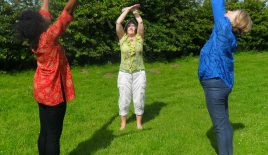

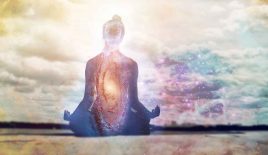


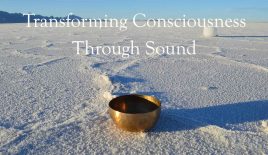








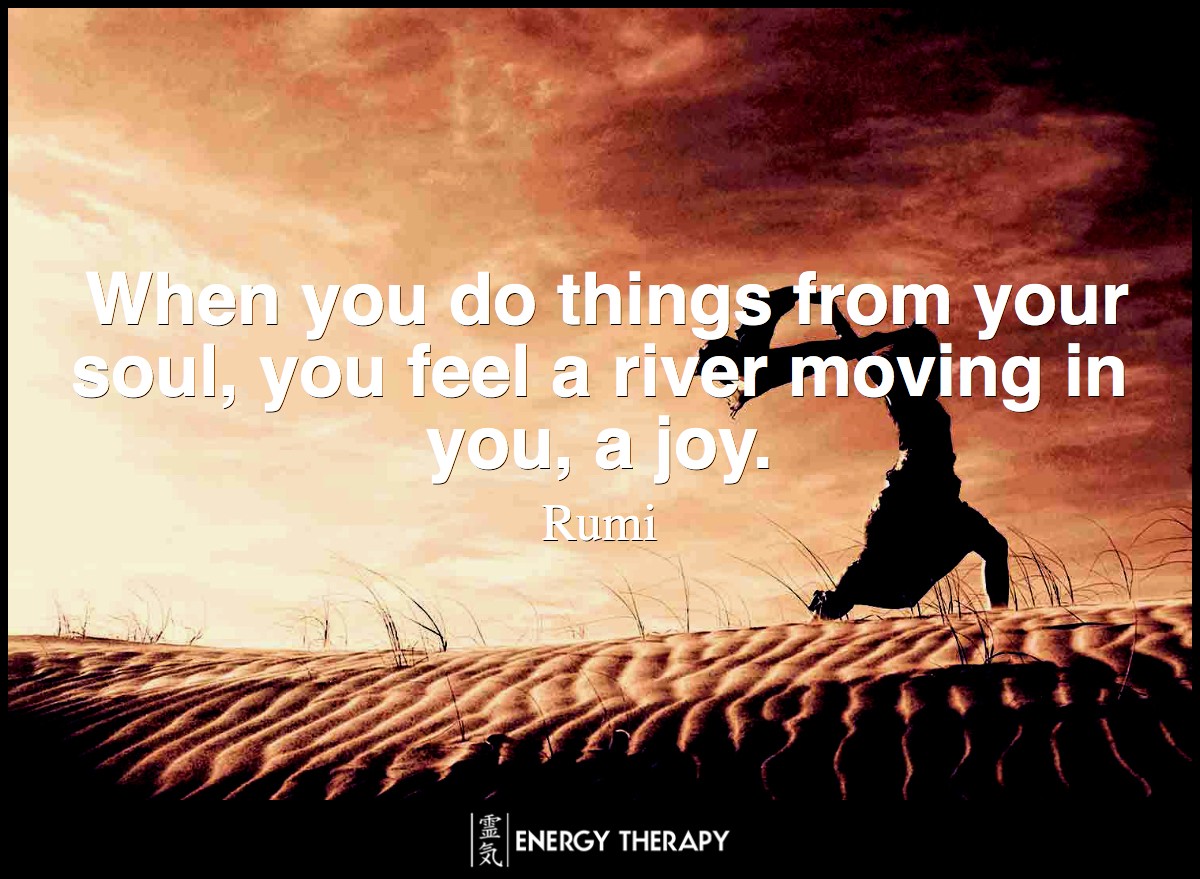
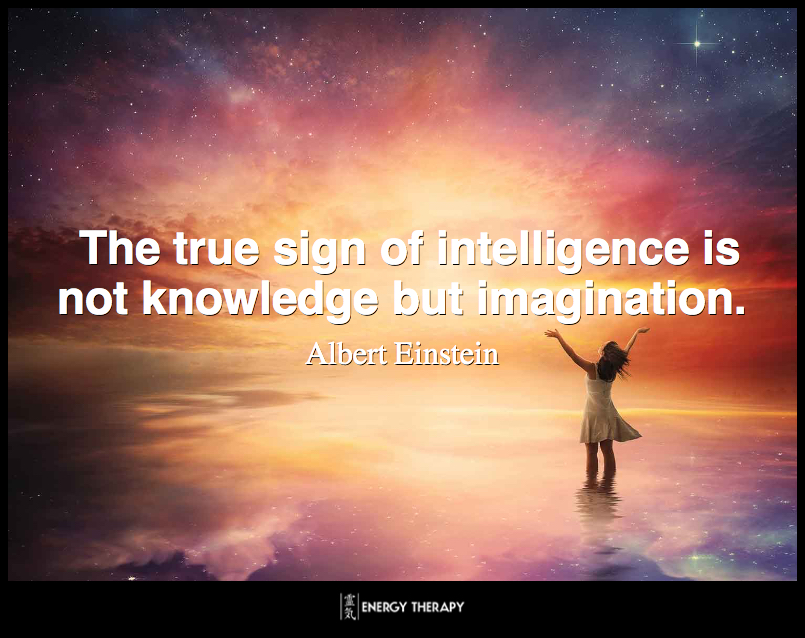
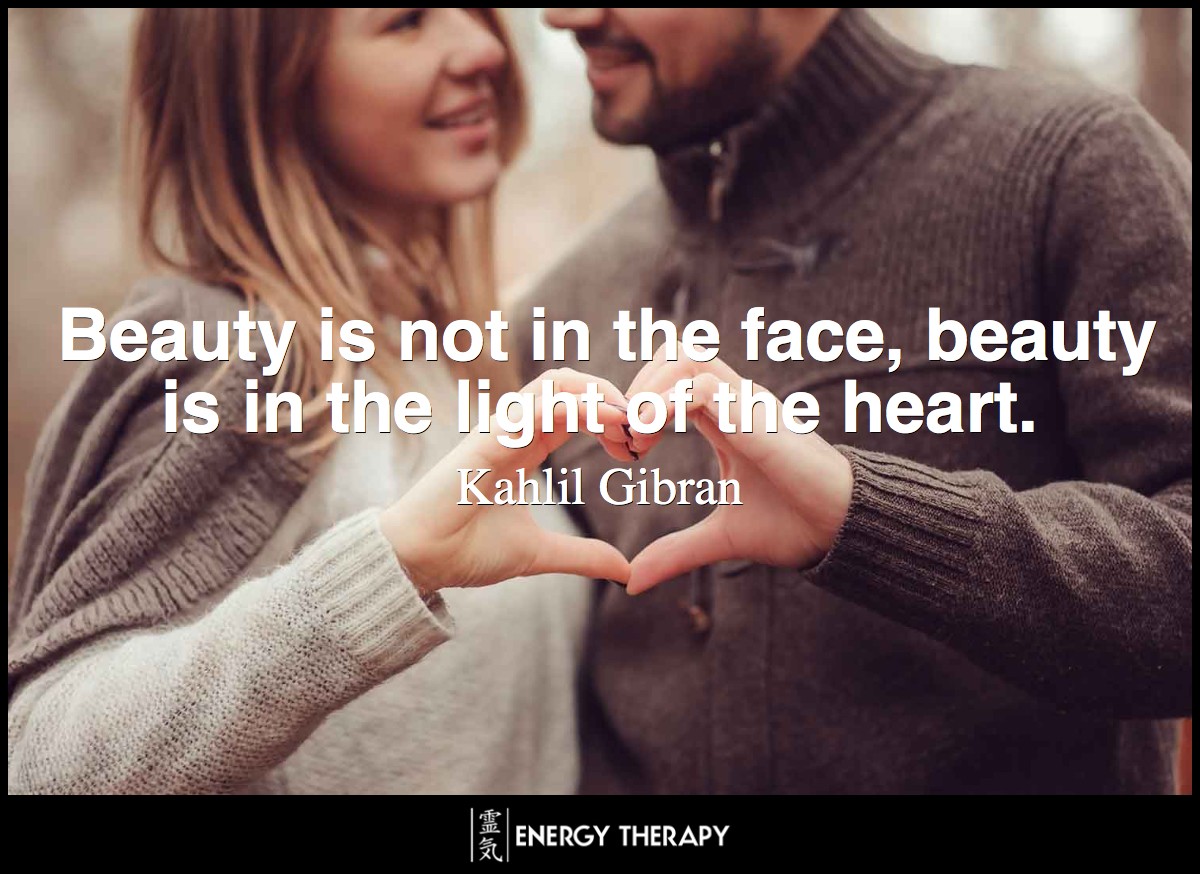

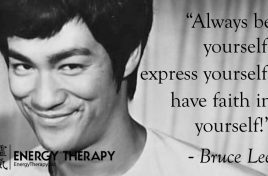












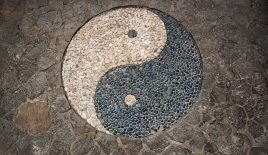

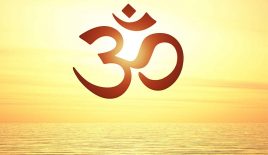



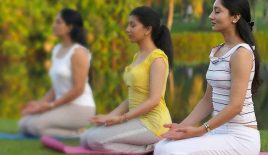









well explained. gazing at various points as explained above while doing meditation or simply sitting in easy pose is essential to stop wandering of mind and focus at one point.
another method of concentrating your mind is to mentally gaze various chakras situated along the spine line while doing particular yoga pose.